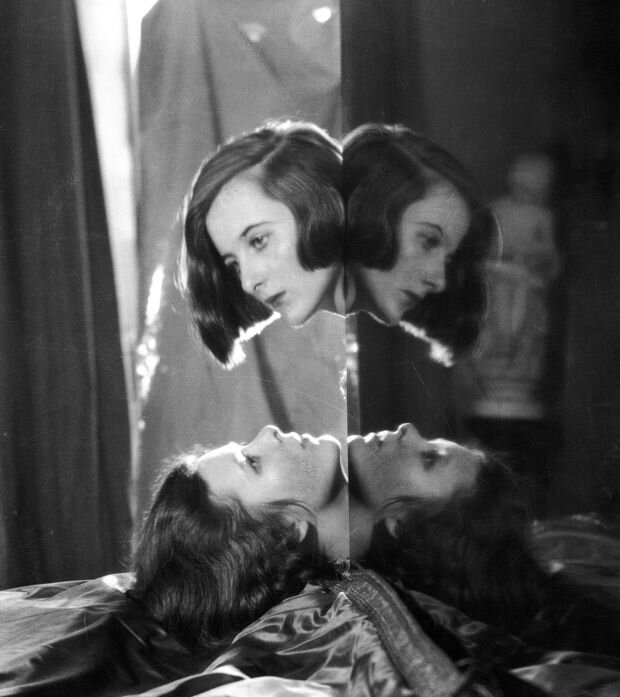Cecil Beaton’s Bright Young Things
Sashaying through town with all the flamboyant vivacity and frivolity of a high-society ball, Bright Young Things has finally touched down at London’s National Portrait Gallery, and will be on public display until June 2020…
With a good portion of the 170 works being exhibited together for the first time, this is a rare opportunity to see these prints up close and personal. The NPG has amalgamated loans from both national and international collections to focus on the formative years of Cecil Beaton’s career, during a golden age of prolific activity in the 1920’s and 1930’s. This crucial period is particularly noteworthy for the various socialites and creatives within Beaton’s circle: the Bright Young Things, who seemed to be always in focus and within range of his trusty Kodak A3 folding camera.
With portraits on display here from both the artist and his fellow contemporaries, this exuberant new show aims to capture all the upbeat opulence and splendour of Beaton’s early career.
Presented here are the framed fruits of a begrudging middle-class child of the Edwardian age… the son of a timber merchant who would grow to be one of the unrivalled talents of Vogue, rubbing shoulders with some of the biggest and brightest stars of Modernism and the Jazz Age.
‘What is elegance? Soap and water!’
-Cecil Beaton
Despite an illustrious and lengthy career which continued up until his passing in 1980, the gallery has honed-in upon the oeuvre of work bookended by Beaton’s first published photo in an edition of Vogue in 1924, and rounding-off with the extravagant party held at a country home in Wiltshire in 1937. Bright Young Things succeeds in it’s attempt to present a fantastical world of ostentatious flair… a world conjured up as a means of unabashed escapism from the bleak backdrop of a society that was about to plunge back into another devastating war.
What we see collectively captured within Beaton’s frame is, in truth anything but realism. In fact, the artist seemed more intent to use the camera not as a mirror to hold up to the world around him, but rather as a vessel in which to exploit reality. Walking through this exhibition it is clear that he made no bones about bolstering his art and photography with a sense of superficiality and pretence.
And the long list of those willing to play dress-up in front of the lens is testament to Cecil Beaton’s obvious social prowess and sway. Expect to see artists like Rex Whistler and Stephen Tennant, set and costume designer Oliver Messel, composer William Walton, modernist poet Iris Tree and Nancy Cunard, silent-film actresses Tallulah Bankhead and Anna May Wong, ballet dancer Tilly Losch and Dolly Wilde, Oscar Wilde’s audacious niece.
‘It’s a complete escapism for him- and this whole thing about him being middle-class and trying to escape is very much the case. Having said that, I think his social status actually worked as an advantage… for if he had been born into that world he might not necessarily have been so perceptive’.
-Robin Muir (Curator)
In addition to the wonderful collection of black and white portraits, one can expect to see an array of watercolours and penciled portraits, various arts and fashion publications, footage from Beaton’s own home movies, marginal drawings and photos from his personal scrapbook, as well as his first printed book, the 1930 edition Book of Beauty.
‘I don’t want people to know me as I really am, but as I am trying and pretending to be…’
-Cecil Beaton
A celebrity in his own right, it was no secret to anyone at the time that Cecil Beaton had aspirations to have his name emblazoned in the firmament of high society and popular culture. A larger than life figure who was captured in front of the camera as much as he was indeed behind it, the relationships he forged with the glamorous stars of the time are evident in this fantastic new exhibition that concentrates the spotlight on this lavish and most important era.
Read the original article here.


